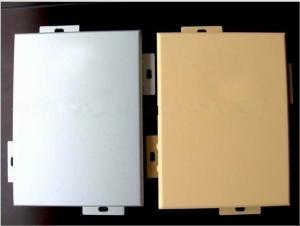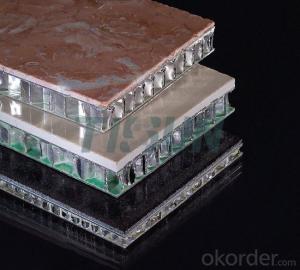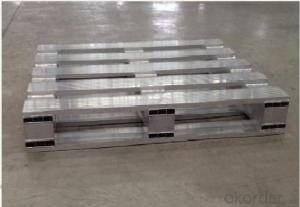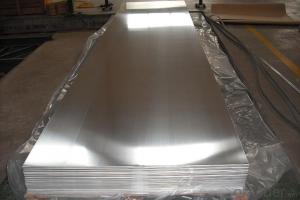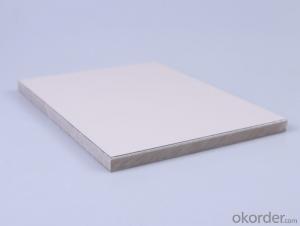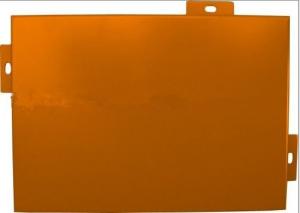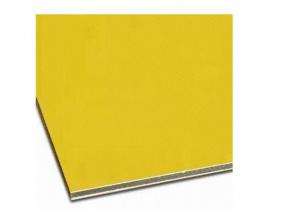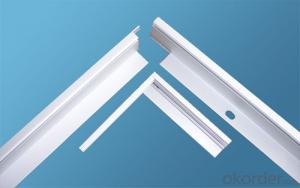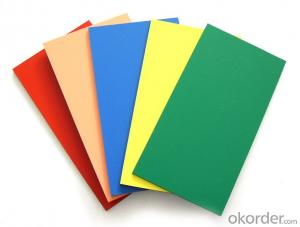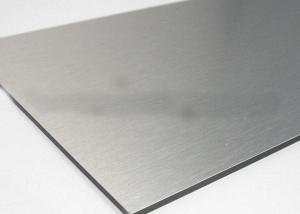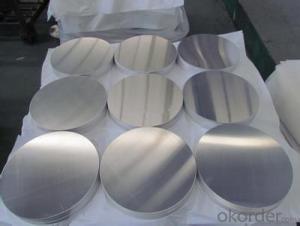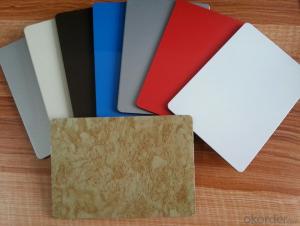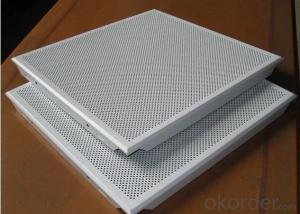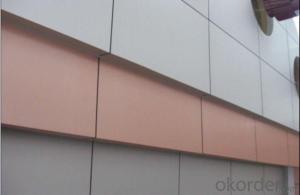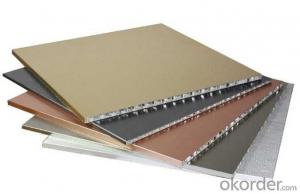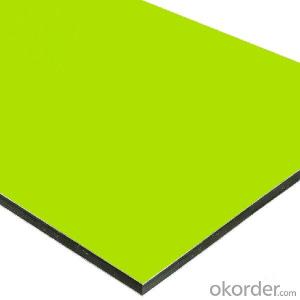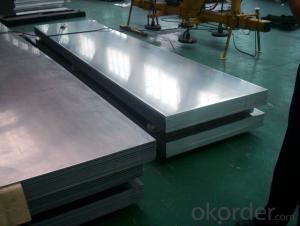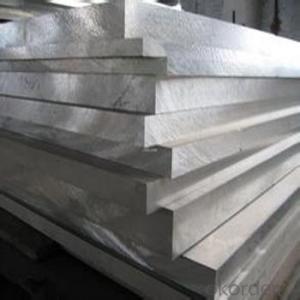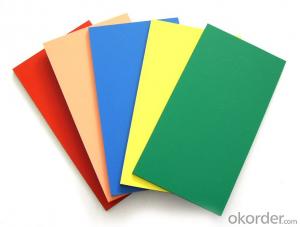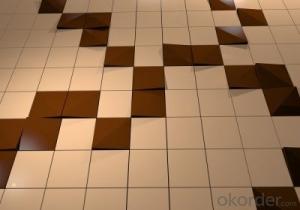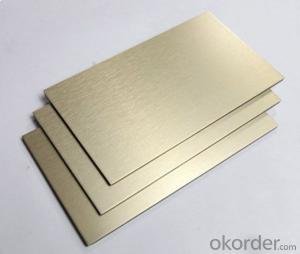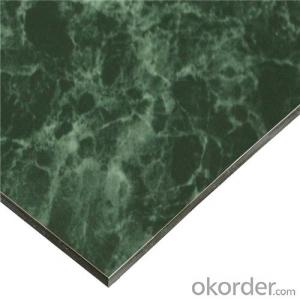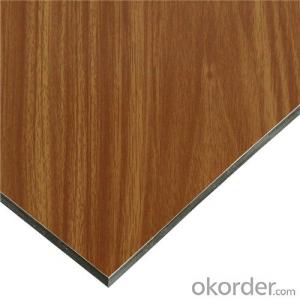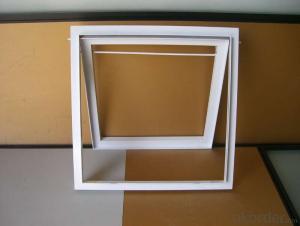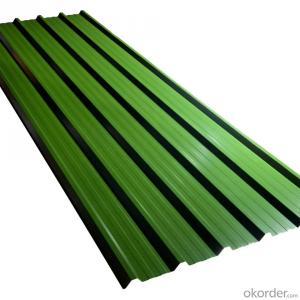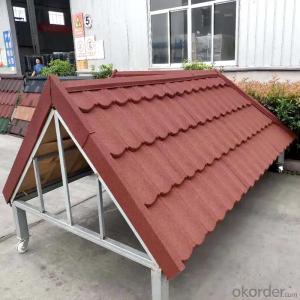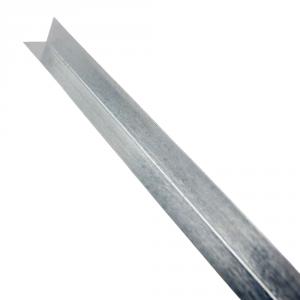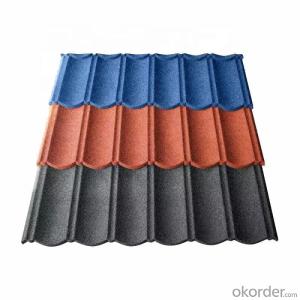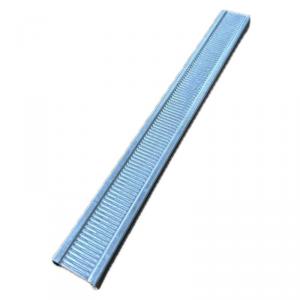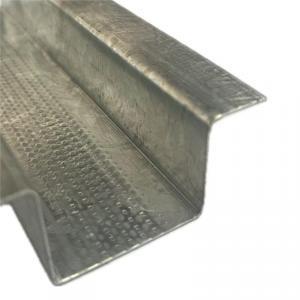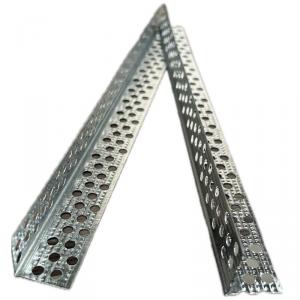Aluminum Plate Panels
Aluminum Plate Panels Related Searches
Aluminum Plate Wall Panels Aluminum Diamond Plate Panels China Aluminum Plate Panels Aluminum Wall Panels Aluminum Wall Plate Aluminum Paper Plate Aluminum Metal Plate Aluminum Floor Plate Aluminum Surface Plate Aluminum Flat Plate Aluminum Profile Plate Aluminum Sheet Plate Insulated Aluminum Panels Aluminum Deck Plate Aluminum Round Plate Aluminum Exterior Wall Panels Aluminum Cover Plate Aluminum Square Plate Aluminum Pressure Plate Aluminum Serving Platters Aluminum Dimond Plate Aluminum Mounting Plate Polished Aluminum Plate Aluminum Cast Plate Aluminum Angle Plate Aluminum Hot Plate Aluminum Grill Plate Aluminum Motor Plate Aluminum Plate Material Aluminum Cooling PlateAluminum Plate Panels Supplier & Manufacturer from China
Aluminum Plate Panels are a versatile and widely used construction material known for their durability, corrosion resistance, and lightweight properties. These panels are made from high-quality aluminum and are available in various thicknesses, finishes, and sizes to cater to different requirements. They are commonly used in a variety of applications, including architectural facades, interior decoration, signage, and transportation industries. Due to their strength and lightweight nature, aluminum plate panels are an ideal choice for both commercial and residential projects.Aluminum Plate Panels offer numerous advantages in various usage scenarios. They are easy to install, maintain, and can be customized to fit specific design requirements. Their resistance to weathering and corrosion makes them suitable for outdoor applications, while their sleek and modern appearance enhances the aesthetics of any space. Additionally, aluminum plate panels can be recycled, making them an environmentally friendly option for construction and design projects. Their versatility allows them to be used in a range of industries, from automotive to aerospace, and from marine to architectural applications.
Okorder.com is a reputable wholesale supplier of Aluminum Plate Panels, boasting a large inventory that caters to the diverse needs of clients worldwide. With a commitment to quality and customer satisfaction, Okorder.com ensures that their aluminum plate panels meet the highest industry standards. Their extensive selection allows customers to find the perfect panels for their specific projects, whether it's for a large-scale construction site or a small-scale home renovation. By partnering with Okorder.com, customers can benefit from competitive prices, reliable service, and a vast array of aluminum plate panel options to choose from.
Hot Products
